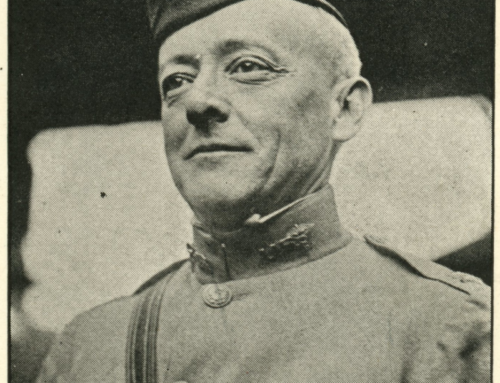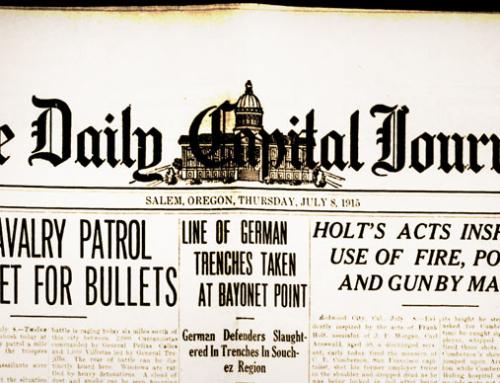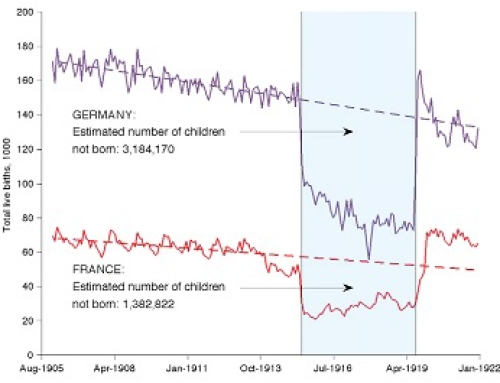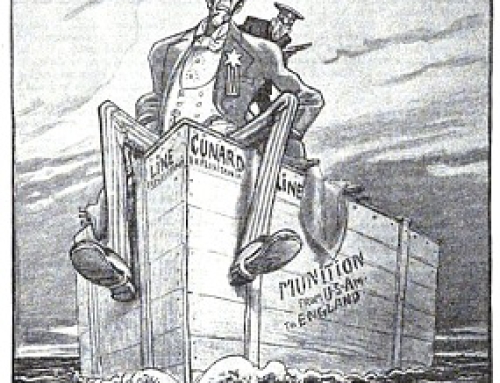by Richard van Pelt, WWI Correspondent
From the Capital Journal:
ROAR OF KRUPP GUNS HEARD FOR 30 MILES
Glare of Blazing Belgian Homes Illumines Sky for 20 Miles
Asphyxiating Bombs Declared To Be Breach of Civilized Warfare – Canadians Assert Germans Massacred Belgians – Canucks Receive Praise For Efficiency
By William G. Shepherd
The Germans are now bombarding Ypres with 17 inch guns in their great drive against the British and French lines in Belgium.
The roar of these great pieces, the latest product of the Krupp works, can be heard for 30 miles. Tonight the sky is illuminated by the glare of those blazing homes and barns.
The high northerly winds which for three days have been blowing across the Anglo-French and Belgian trenches, carrying before them the stupefying gases from the German guns, have now died down.
Temper of Allies Bitter.
There is complete calm tonight but the temper of the allies over what they claim to be a most flagrant breach of the rules of civilized warfare by the Germans in the use of asphyxiating bombs is extremely bitter. From the highest officer down to the privates who only recently joined the army, there is the bitterest invective against the Germans.
“I believe the Germans actually did massacre the Belgians,” snapped a Canadian officer of high rank who is in a field hospital suffering from the effects of the deadly gases. Many Canadians are in hospitals, suffering solely from the gas from German bombs. The entire Canadian contingent has been engaged and all have received unstinted praise from Field Marshal Sir John French and his staff for the part they played in the battle.
Gas. One of the enduring memories of this war is the use of gas.
“
[I watched] figures running wildly in confusion over the fields. Greenish-gray clouds swept down upon them, turning yellow as they traveled over the country blasting everything they touched and shriveling up the vegetation. . . . Then there staggered into our midst French soldiers, blinded, coughing, chests heaving, faces an ugly purple color, lips speechless with agony, and behind them in the gas soaked trenches, we learned that they had left hundreds of dead and dying comrades.” (Watkins O. S., Methodist Report, cited in Amos Fries and C. J. West, Chemical Warfare (New York: McGraw Hill, 1921), 13; also cited in Joy, “Historical Aspects of Medical Defense,” 90.)Wilfred Owen used poetry to describe the horror of a gas attack in his poem “Dulce Et Decorum Est:”
Bent double, like old beggars under sacks,
Knock-kneed, coughing like hags, we cursed through sludge,
Till on the haunting flares we turned our backs
And towards our distant rest began to trudge.
Men marched asleep. Many had lost their boots
But limped on, blood-shod. All went lame; all blind;
Drunk with fatigue; deaf even to the hoots
Of tired, outstripped Five-Nines that dropped behind.Gas! Gas! Quick, boys!—An ecstasy of fumbling,
Fitting the clumsy helmets just in time;
But someone still was yelling out and stumbling,
And flound’ring like a man in fire or lime…
Dim, through the misty panes and thick green light,
As under a green sea, I saw him drowning.In all my dreams, before my helpless sight,
He plunges at me, guttering, choking, drowning.If in some smothering dreams you too could pace
Behind the wagon that we flung him in,
And watch the white eyes writhing in his face,
His hanging face, like a devil’s sick of sin;
If you could hear, at every jolt, the blood
Come gargling from the froth-corrupted lungs,
Obscene as cancer, bitter as the cud
Of vile, incurable sores on innocent tongues,—
My friend, you would not tell with such high zest
To children ardent for some desperate glory,
The old Lie: Dulce et decorum est
Pro patria mori.The French introduced the use of tear gas during the first months of the war. The first major use of gas took place on the 22nd of April, 1915 by Germany at the outset of the second battle of Ypres. French and Algerian troops assumed the the yellow-green cloud they saw floating towards their trenches was smoke, designed to hide the German advance. This is how a British soldier described the attack:
As we gazed in the direction of the bombardment, where our line joined the French, six miles away, we could see in the failing light the flash of shrapnel with here and there the light of a rocket. But more curious than anything was a low cloud of yellow-grey smoke or vapour, and, underlying everything, a dull confused murmuring.
Suddenly down the road from the Yser Canal came a galloping team of horses, the riders goading on their mounts in a frenzied way; then another and another, till the road became a seething mass with a pall of dust over all.
Plainly something terrible was happening. What was it? Officers, and Staff officers too, stood gazing at the scene, awestruck and dumbfounded; for in the northerly breeze there came a pungent nauseating smell that tickled the throat and made our eyes smart. The horses and men were still pouring down the road. two or three men on a horse, I saw, while over the fields streamed mobs of infantry, the dusky warriors of French Africa; away went their rifles, equipment, even their tunics that they might run the faster.
One man came stumbling through our lines. An officer of ours held him up with leveled revolver, “What’s the matter, you bloody lot of cowards?” says he. The Zouave was frothing at the mouth, his eyes started from their sockets, and he fell writhing at the officer’s feet. “Fall in!” Ah! we expected that cry; and soon we moved across the fields in the direction of the line for about a mile. The battalion is formed into line, and we dig ourselves in.
It is quite dark now, and water is being brought round, and we hear how the Germans have, by the use of poison gas, driven a French army corps out of the line, creating a huge gap which the Canadians have closed pro tem. A cheer goes up at this bald statement, though little we knew at what a cost those gallant souls were holding on.
In 1917 the Germans introduced the use of mustard gas. This is how it was described by an American medical officer:
At first the troops didn’t notice the gas and were not uncomfortable, but in the course of an hour or so, there was marked inflammation of their eyes. They vomited, and there was erythema of the skin. . . . Later there was severe blistering of the skin, especially where the uniform had been contaminated, and by the time the gassed cases reached the casualty clearing station, the men were virtually blind and had to be led about, each man holding on to the man in front with an orderly in the lead.
Following the War, Harry Lorenzo Gilchrist of the U. S. Chemical Warfare Service wrote a comparative study of casualties from gas. He wrote:
The large number of casualties produced by chemicals compared with the low death rate from them is striking and brings up the question as to the military importance of a weapon which wounds but does not kill. Naturally, the first impression would be that such a weapon would have no place in military armament, but when considering the great encumbrance to an enemy of a large number of wounded, together with the number required to care for them (estimated at from four to five persons for each wounded), it can readily be seen that the wound-producing weapon has a greater strategic value than the one which kills outright.
It is hoped that the facts here presented will not only serve the purpose of stimulating an interest in the different weapons of warfare but will also help materially to clear up certain misunderstandings and prejudices against the use of chemicals, a prejudice altogether too common.
This implicit acceptance of the merits of chemical warfare, Gilchrist justified by quoting from the 1910 German War Book:
In the matter of making an end of the enemy’s forces by violence, it is an incontestable and self evident rule that the right of killing and annihilating, in regard to hostile combatants is inherent in the war power, and its organs, that all means which modern inventions afford, including the fullest most dangerous and the most massive means of destruction, may be utilized. these last, just be cause they attain the object of war as quickly as possible, are on that account to be regarded as indispensable, and, when closely considered, the most humane.
Moral values, right and wrong are confined to the sidelines when we are confronted by an existential threat. Whether it is the use of gas in 1915 or torture after 9/11, the question we most often ignore is the one that asks whether or not we’ve confused the perception of that existential threat with the more base ones of expediency and revenge.







Leave A Comment